The Funnel: Structuring Research Studies
Start Here
Goal vs. Pre-set Process
When developing a research study, there’s an interesting tension between 1) setting out to find original insights and 2) following a pre-set process. Our general recommendation is to remain focused on the goal rather than a specific process. However, if you’re newish to insights, a previously established process may be the best place to start.
Designing Your Research Study: The Funnel
A conceptual approach we recommend for developing research studies is what we call “the funnel.”
It’s important to start broad, and then narrow down in order to help frame the context for consumers—like the shape of a funnel. For example, we do not recommend starting at, say, the feature level for a product or a specific part of an ad campaign. Instead, begin with larger subjects.
Here is our 8-point framework to help you think through how to design your study.
1. Culture

Suppose your study is about launching a new car model. Begin by exploring: What’s happening in the culture more broadly? If you start with a question or two on their views about where the culture of cars seems to be, you might unlock respondents’ views on ride sharing, the role of electric cars, personal safety, image and more. These questions allow the respondent to weigh in with their opinion on the larger culture, without necessarily applying it to their personal situation yet.
Sample questions:
What’s happening in the culture of online dating? What’s your personal impression of car culture at the moment? What’s the word on the street in sneaker culture?
2. Category
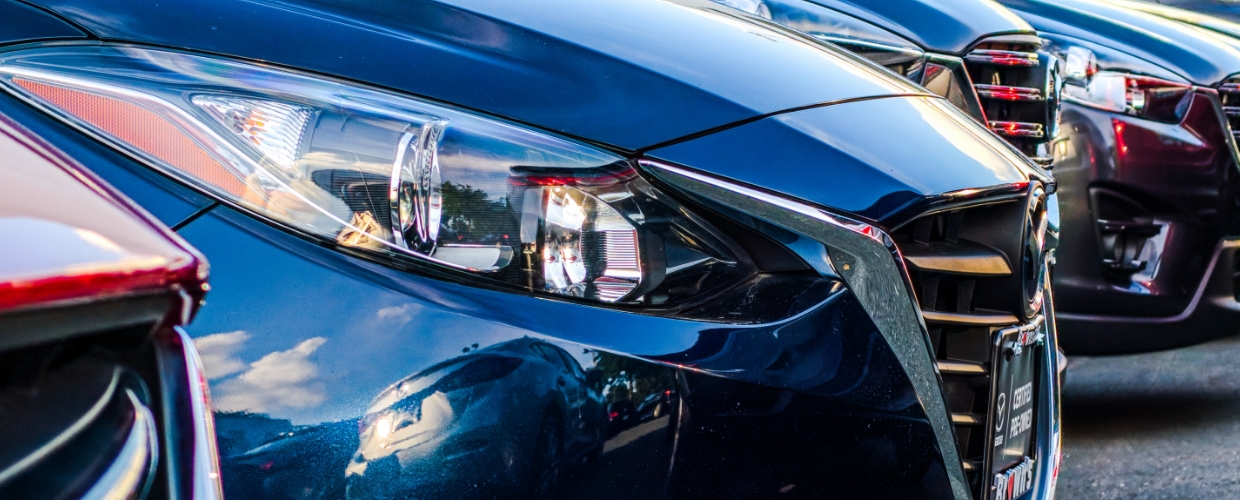
What are the dynamics shaping the category your product operates in—from the POV of the consumer? By understanding the category level, you begin to help shape feedback, but not at the brand or specific product model level yet. These questions locate the respondent in relation to the whole category, not necessarily a particular brand.
Sample questions:
How has the role of cars changed in your life in the past three years? What are your views on home ownership now that interest rates have changed? What are the most important things to understand about you in terms of how you manage your personal finances?
3. Brand Landscape

How do consumers view the differences amongst brands in the landscape? Understanding how different brands are perceived helps frame the broader context for how they view the overall brand landscape.
As we narrow the funnel here, we learn about respondents’ awareness, imagery, associations, preference, and purchases of brands. We also learn the different Jobs to be Done that respondents associate with each brand. Clay Christensen explains eloquently how the Job To Be Done for the McDonald’s milkshake (at breakfast time) was to help kill time in the morning commute (versus provides some sort of protein-based nutritional supplement).
Often, if the researcher does desk research, they’ll assess the brand landscape based on what the brand itself is trying to stand for; but chances are the consumer doesn’t see the brand landscape the way marketers attempt to position it. These consumer-based perceptual differences provide valuable insights for researchers.
Sample questions:
Is—or how is—the Lyft brand fundamentally different from the Uber brand in your opinion? In your opinion, what are the most authentic brands in golf and what makes them authentic to you? Are smartphone brands pretty much all the same? Elaborate.
4. Product Landscape
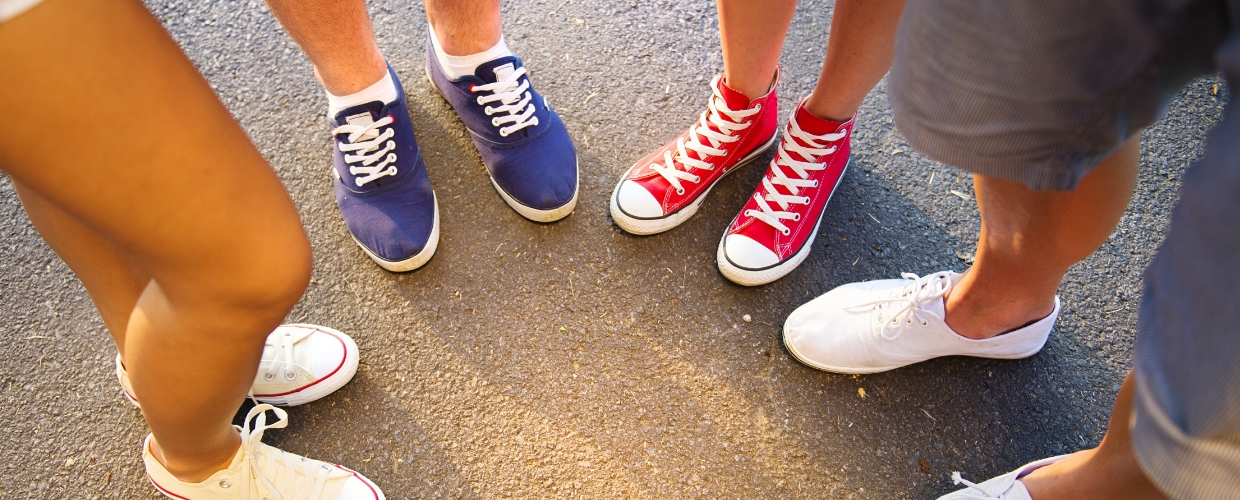
What are the perceived product differences across your key competitors? Knowing how consumers relate to specific product-level differences—whether overall difference between two products, or more precise feature-level differences—helps you understand how specific products are differentiated in the mind of the consumer.
Sometimes it turns out the consumer sees no difference at all. Sometimes subtle yet important product-level differences can create dramatic points of differentiation. Without packaging, for example, Dawn looks a lot like any other dishwashing liquid. But wrap the “grease cutting” emphasis around it and suddenly, it’s very different from Dove or Palmolive.
Sample questions:
When it comes to online cloud storage, which brand has the most relevant product features for you/why? What’s the biggest difference between the feature set of brand X and the feature set of brand Y for you? What are the most important product features of a home internet plan for you?
5. Design Landscape
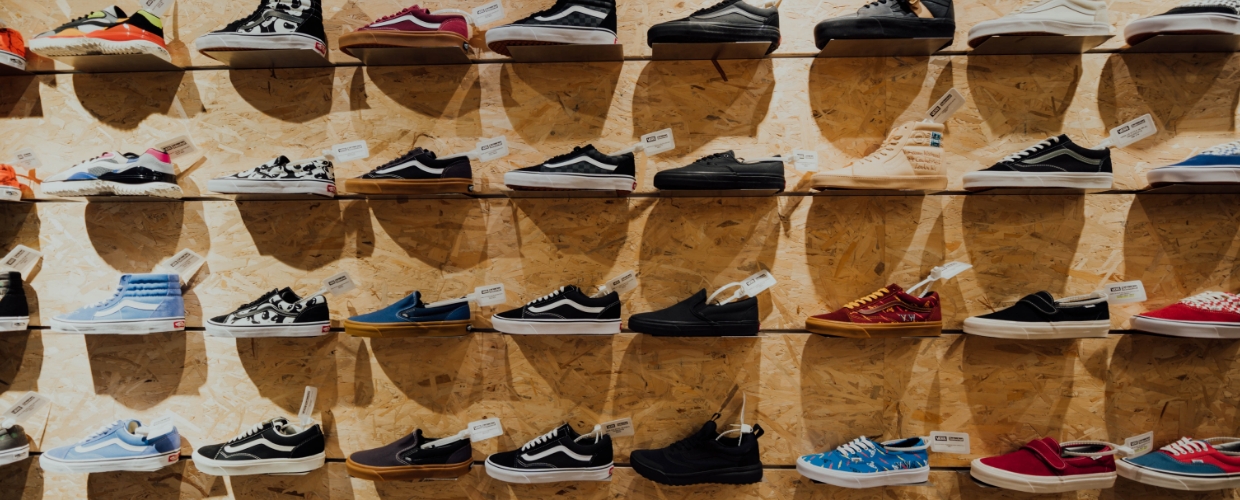
Are there significant perceived differences in how design shapes the brand or product experience? Many brands—and VCs—recognize the power of good design in an intensely competitive environment where color, format, style, ease of use and aesthetics become major drivers of retention.
Sample questions:
How is the design of the Caviar app different from any other online food delivery app? What could be improved in the user experience of the Nike app for ordering new products? Does the design of an external battery for your electronic peripherals (phone, wireless earbuds) matter/why?
6. Advertising Landscape

How do consumers view the overall advertising landscape? Arguably, this question was a lot easier for people to answer when there weren’t so many different forms of media. It’s still important to understand the types of advertising people actually enjoy, and how they see the predictable patterns that many brands fall into. Note: most people will tell you that advertising doesn’t ‘work’ on them, so you have to be clever not to set them up to tell you that.
Sample questions:
What is the most impactful online ad you remember; what made it so memorable? When it comes to advertising for wireless phone providers, what annoys you most? Has a pop-up ad ever been helpful? Tell us about your favorite Super Bowl commercial of all time.
7. Your brand/product/ad
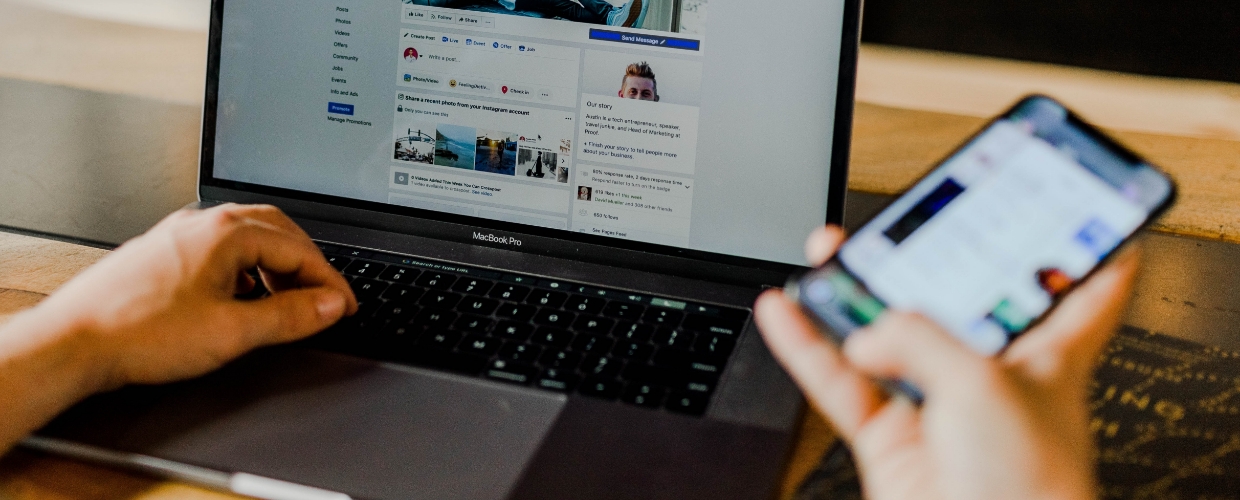
Now the funnel narrows down. Here is where the consumer gets to unpack all of the ways they view your offering. It could be on the level of brand, product, advertising, PR, employee, values, corporate behavior, executive leadership, sustainability, stock price, retail environment and more.
Just be mindful that you don’t necessarily have to be loved universally for consumers to actually buy your product. Great brands are more frequently taking a stand on issues; in an era when social media is a powerful voice for the average person, taking a stand can cause flak. The question companies ask themselves is what do people actually BUY at the end of the day?
An example is Nike’s ad featuring Colin Kaepernick. Some people burned their Nikes, but online sales jumped 30% in the following weeks.
Sample questions:
How is Polestar different from any other electric vehicle brand? How does our CEO’s recent press release resonate with you personally? When it comes to sustainability, how does our brand stack up against the best sustainability brands in the world? How does our download function compare with YouTube’s?
8. What is the opportunity?

Making your way through the funnel, look for the opportunity. What is the connective tissue that creates a unique opportunity for your brand, product, or ad? It could come from any level in the funnel: Culture (people want more beautifully designed products in their homes: Nest), Category (5,000 songs in your pocket helped a generation of iPod buyers understand what an MP3 player was), Brand (Blue Bottle coffee found a niche within the premium coffee landscape), Product (Peloton designed a phenomenal biking experience for home fitness), etc.
Following of the Funnel Framework
By following the funnel structure, researchers gain in two ways. They gain knowledge of the specific questions they set out wanting to know (How do people feel about this new feature? How do they perceive our brand and how might we change that?). They also develop a larger understanding of consumers and the current landscape, holistically and contextually.